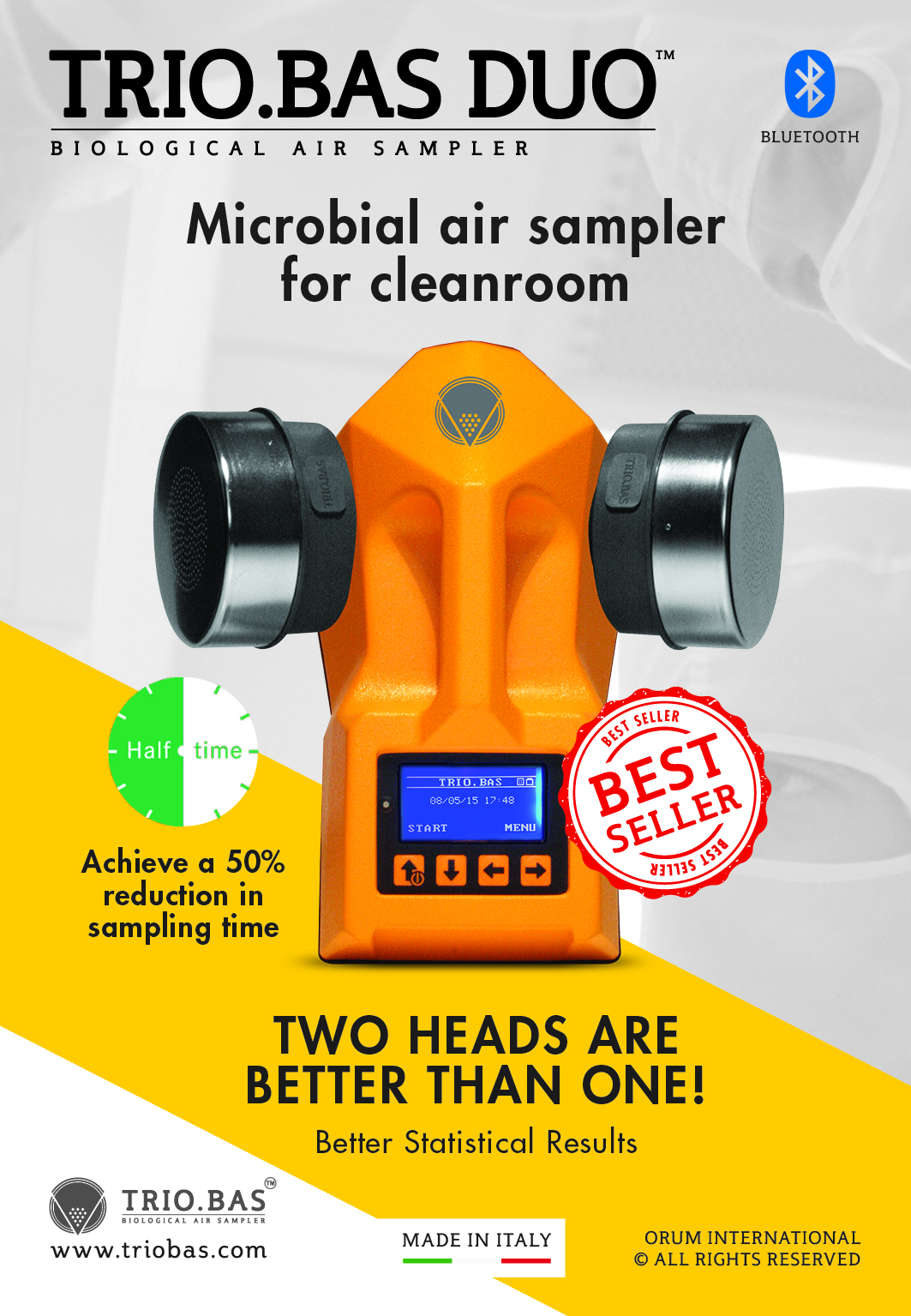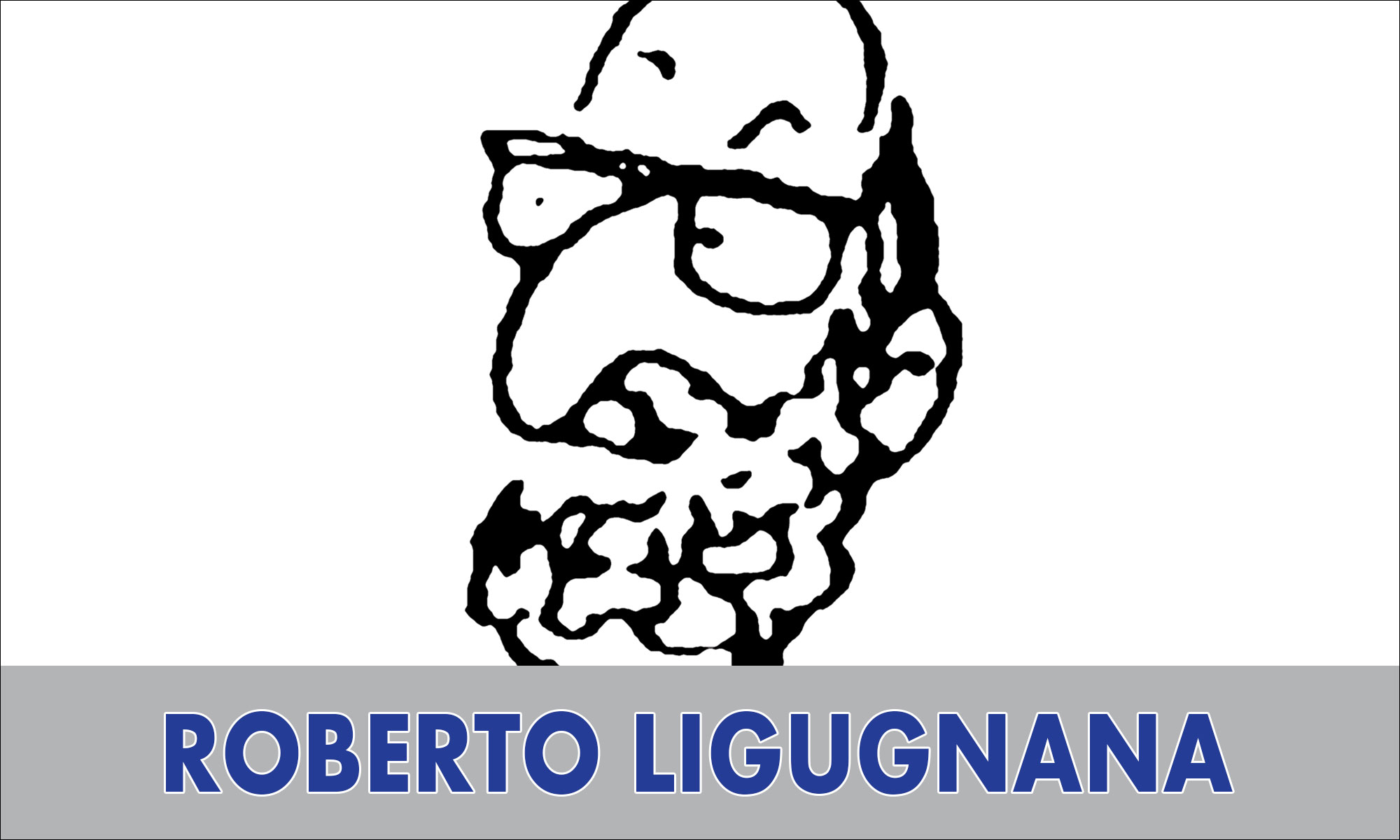Mold spores disseminated through air ducts
“Warning…Do Not Enter…Biohazard” reads the sign on a bolted door of a condemned home in Austin, Texas. Amid furnishings, stocked refrigerator and closets, lurks a silent invisible intruder, Stachybotrys Atra. Former residents of this and a second mold-contaminated home lead the television crew of 48 Hours on an eerie tour. Suited in protective Tyvec suits, gloves and respirators, they share the tragedy of their lost health and homes with the world. Stachybotrys Atra can cause allergies and serious illness.
Investigator of one of the homes, Dr. Philip R. Morey, Director of Indoor Air Quality of AQS Services, said “The first concern in building contamination is water problems. They only get worse if not fixed. The degree of water damage depends on the amount of moisture and how quickly it dries. Even if it dries out completely, there may still be contamination.” Second, he recommends inspection for visible mold. Third, he advises that, “Recognizing not all mold is visible, you need to air sample.”
Cameras follow him to the contamination source, building materials encasing the air conditioner. Muffled by his respirator, Dr. Morey removes insulation and announces, “We have one hundred percent visible mold coverage.” To determine if mold spores disseminated through air ducts, Dr. Morey directs his team to air sample with two SAS Super 180 Air Samplers.
“There are no numerical guidelines, no cookbook for indoor air monitoring,” Dr. Morey cautions. “The key is, before you pick up your air sampler, to have a clear objective that is building specific, because every case is different. Every building has unique problems.”
Dr. Morey has used the SAS Air Sampler since 1984, starting with the SAS Hi Flow with a flow rate of 180 liters per minute. Recently, he upgraded to the new SAS Super 180, which offers the same l80-liter speed with greater programmability, portability and lighter weight. (See attached article.) Daryl Sawyer, AQS Industrial Hygienist, said, “Increased programmability of the SAS 180 allows sample volumes settings from 1 to 1800 liters and, with SAS, we can use any style contact or Petri plate.”
Amorphous cellulose dampened by a leaky pipe or roof is the primary food of Stachybotrys Atra and other molds. Gypsum wallboards, ceiling tiles, blown-in and even fiberglass insulation can be lined with cellulose. “If these materials get wet, stay chronically wet or are not dried out quickly enough, there can be microbial growth and ventilation can blow spores throughout the house,” Daryl Sawyer said.
Font: SAS Televised on CBS – By Bioscience Staff – From Bioscience World, Summer – Copyright © 2011 Bioscience International

















